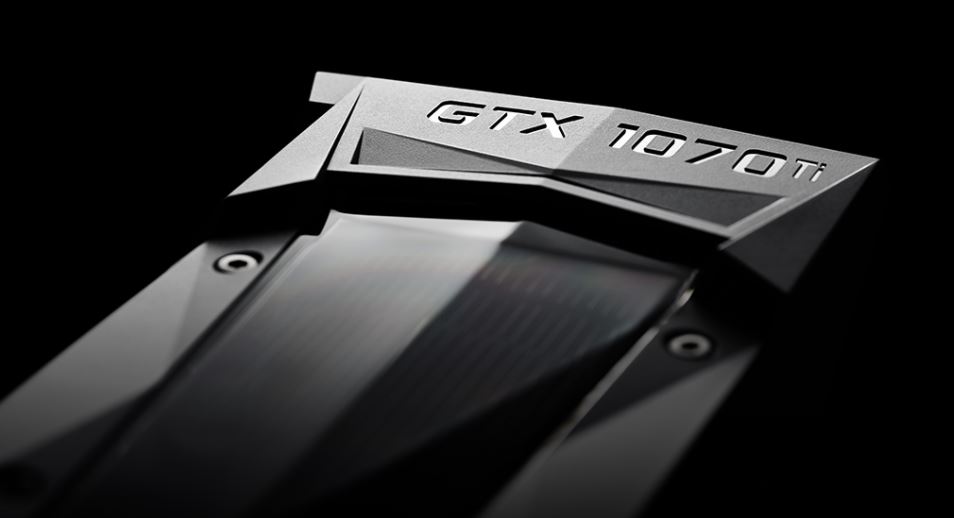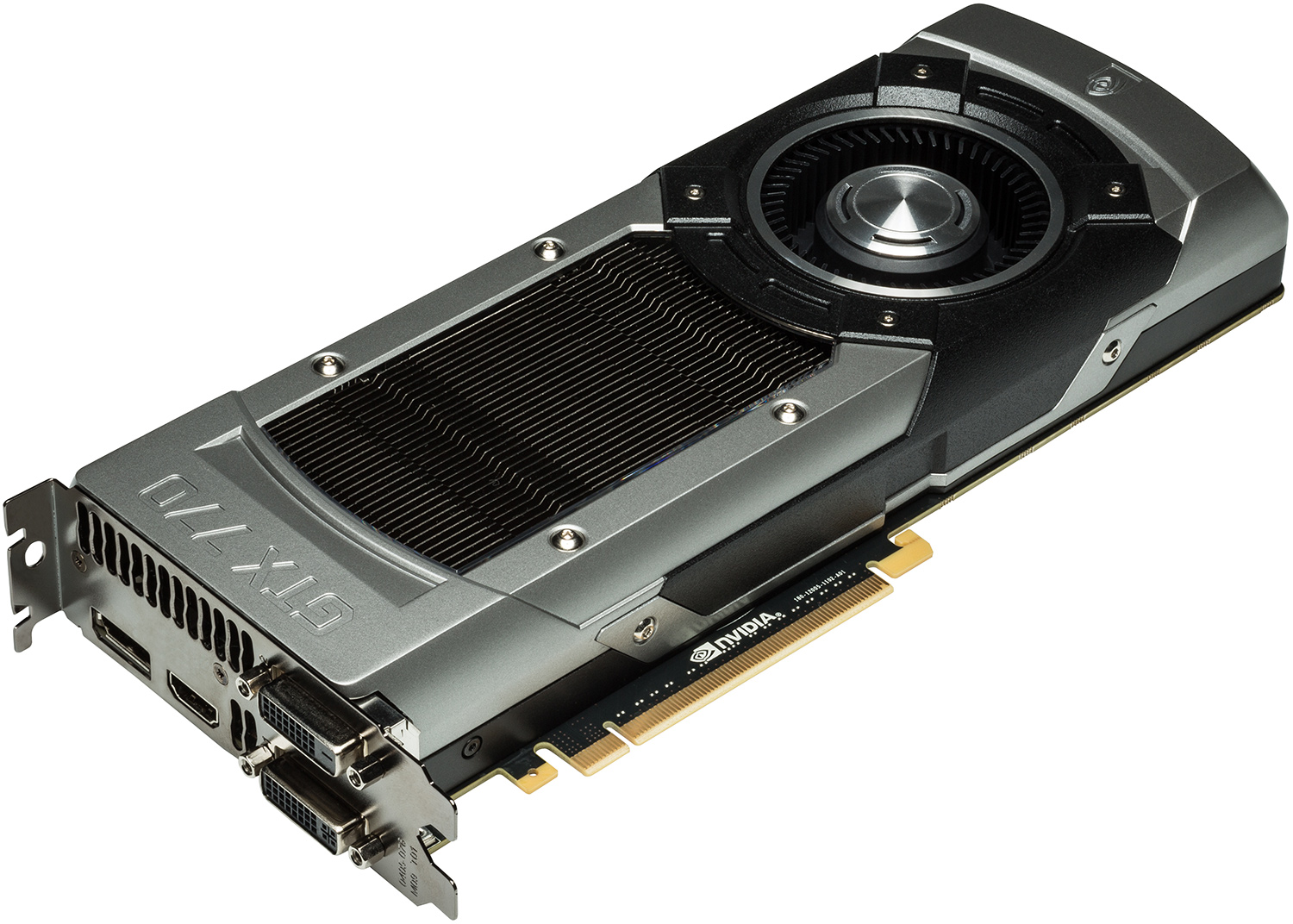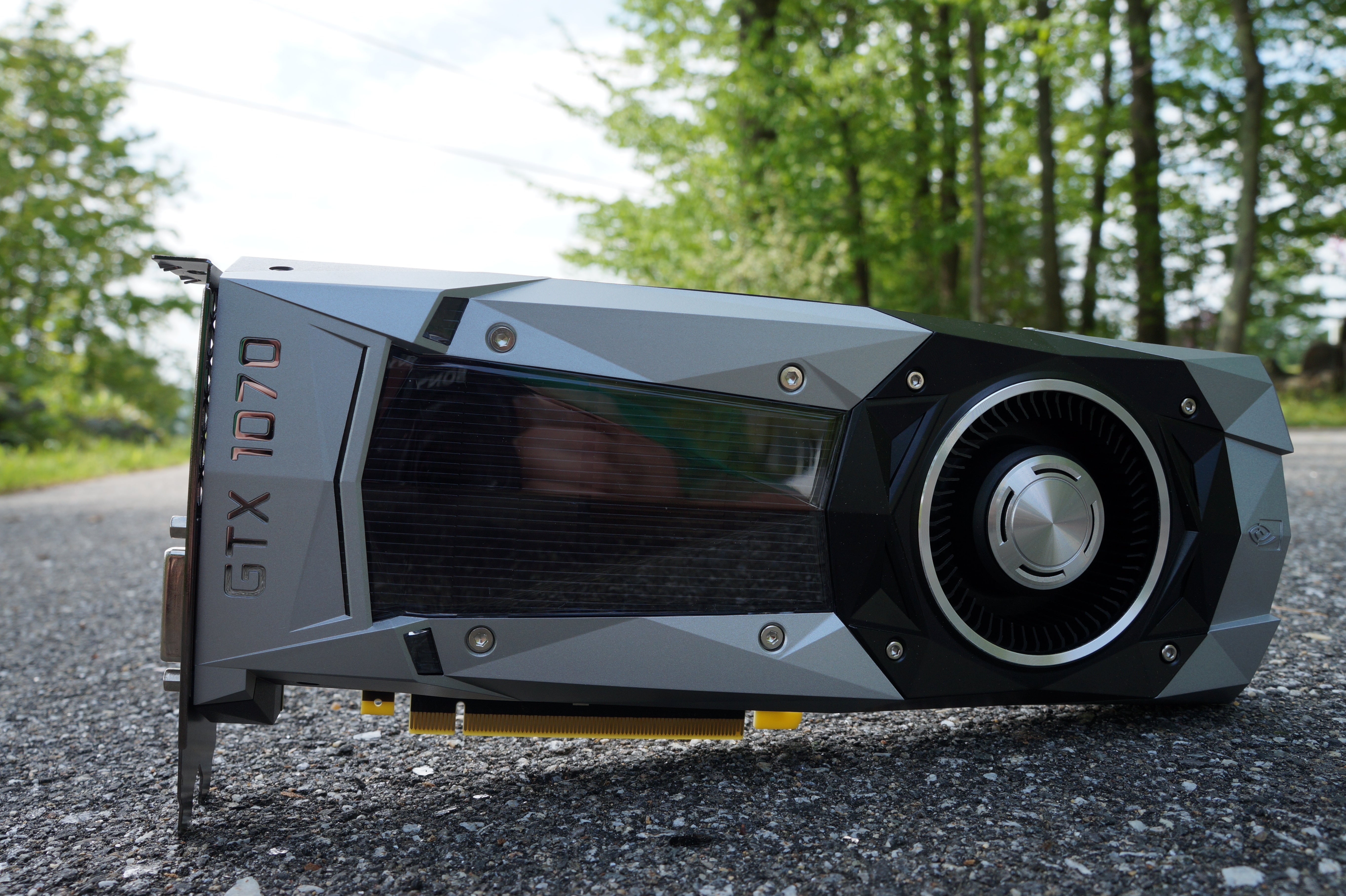

Graphics cards from both Nvidia and AMD have been stuck on the same underlying 28nm technology for four long years, but Pascal-and forthcoming Radeon cards based on AMD’s Polaris GPUs-finally break the appalling trend, leaping forward two full process generations, shrinking down to 16nm transistors and integrating 3D “FinFET” technology as well. The GeForce GTX 1070’s power stems from the same source as the GTX 1080’s: Nvidia’s Pascal GPU. AMD’s card utilizes Crimson ReLive Edition 17.2.1, which was the latest at test time.Programming note: If you want to cut straight to the chase, jump to the final page of this review for our bottom line on the GTX 1070. If you want to know more about our charts (particularly the unevenness index), we recommend reading that story.Īll of the numbers you see in today’s piece are fresh, using updated drivers. In short, all of these games are evaluated using a combination of OCAT and our own in-house GUI for PresentMon, with logging via AIDA64. The testing methodology we're using comes from PresentMon: Performance In DirectX, OpenGL, And Vulkan. That substantial list drops Battlefield 4 and Project CARS, but adds several others. Our benchmark selection now includes Ashes of the Singularity, Battlefield 1, Civilization VI, Doom, Grand Theft Auto V, Hitman, Metro: Last Light, Rise of the Tomb Raider, Tom Clancy’s The Division, Tom Clancy’s Ghost Recon Wildlands, and The Witcher 3. We add a GeForce GTX 980 Ti to the mix for showing what 1080 Ti can do versus its predecessor.

The only other comparisons that make sense are Nvidia’s GeForce GTX 1080, the lower-end 1070, and AMD’s flagship Radeon R9 Fury X.

NVIDIA GEFORCE GTX PRO
Crucial’s MX200 SSD remains, as does the Noctua NH-12S cooler and be quiet! Dark Power Pro 10 850W power supply.Īs far as competition goes, the GeForce GTX 1080 Ti is rivaled only by the $1200 Titan X (Pascal). Intel’s Skylake architecture remains the company’s most effective per clock cycle, and a stock 4.2 GHz frequency is higher than the models with more cores. The new processor is complemented by G.Skill’s F4-3000C15Q-16GRR memory kit. However, we’re sticking with our MSI Z170 Gaming M7 motherboard, which was recently upgraded to host a Core i7-7700K CPU.

Some of these may include Broadwell-E-based systems. Nvidia’s latest and greatest will no doubt be found in high-end platforms. MORE: Nvidia GeForce GTX 1070 Roundup How We Tested Nvidia's GeForce GTX 1080 Ti The cooler itself should perform identically to cards we've seen in the past. Switching out active components and using additional thermal pads to more efficiently move waste heat are the most readily apparent updates. So, what’s the verdict on Nvidia's improved thermal solution? Based on what we found under the hood, it'd be safer to call this a cooling reconceptualization. The combination of materials (namely cast aluminum and acrylic) is also the same, as is the commanding presence of its 62mm radial cooler. It looks identical except for the model name. Looking at this card head-on though, you wouldn't know it. MORE: All Graphics Content Meet The GeForce GTX 1080 Ti Founders Editionĭuring its presentation, Nvidia announced that its Founders Edition cooler was improved compared to Titan X's. MORE: Desktop GPU Performance Hierarchy Table In this case, all 11GB of GDDR5X communicates at full speed. Losing capacity is also preferable to repeating the problem Nvidia had with GeForce GTX 970, where it removed an ROP/L2 partition, but kept the memory, causing slower access to the orphaned 512MB segment. Stepping down from 12GB to 11GB isn’t particularly alarming when we’re testing against a 4GB Radeon R9 Fury X that works just fine at 4K, though. Of course, eliminating one memory channel affects the card’s capacity. The higher data rate more than compensates for the narrower memory bus: on paper, GeForce GTX 1080 Ti offers a theoretical 484 GB/s to Titan X’s 480 GB/s. But in the months between 1080’s launch and now, Micron introduced 11 Gb/s (and 12 Gb/s, according to its datasheet) GDDR5X memories. Left alone, that’d put GeForce GTX 1080 Ti at a slight disadvantage. As such, we get a card with an aggregate 352-bit memory interface, 88 ROPs, and 2816KB of L2 cache, down from Titan X’s 384-bit path, 96 ROPs, and 3MB L2. The result looks a little wonky on a spec sheet, but it’s perfectly viable nonetheless. Rather than tossing the imperfect GPUs, then, Nvidia turns them into 1080 Tis by disabling one memory controller, one ROP partition, and 256KB of L2. This leaves no room for the foundry to make a mistake. Both Titan X and Quadro P6000 utilize all 12 of GP102’s 32-bit memory controllers, ROP clusters, and slices of L2 cache. Where the new GeForce differs is its back-end.


 0 kommentar(er)
0 kommentar(er)
